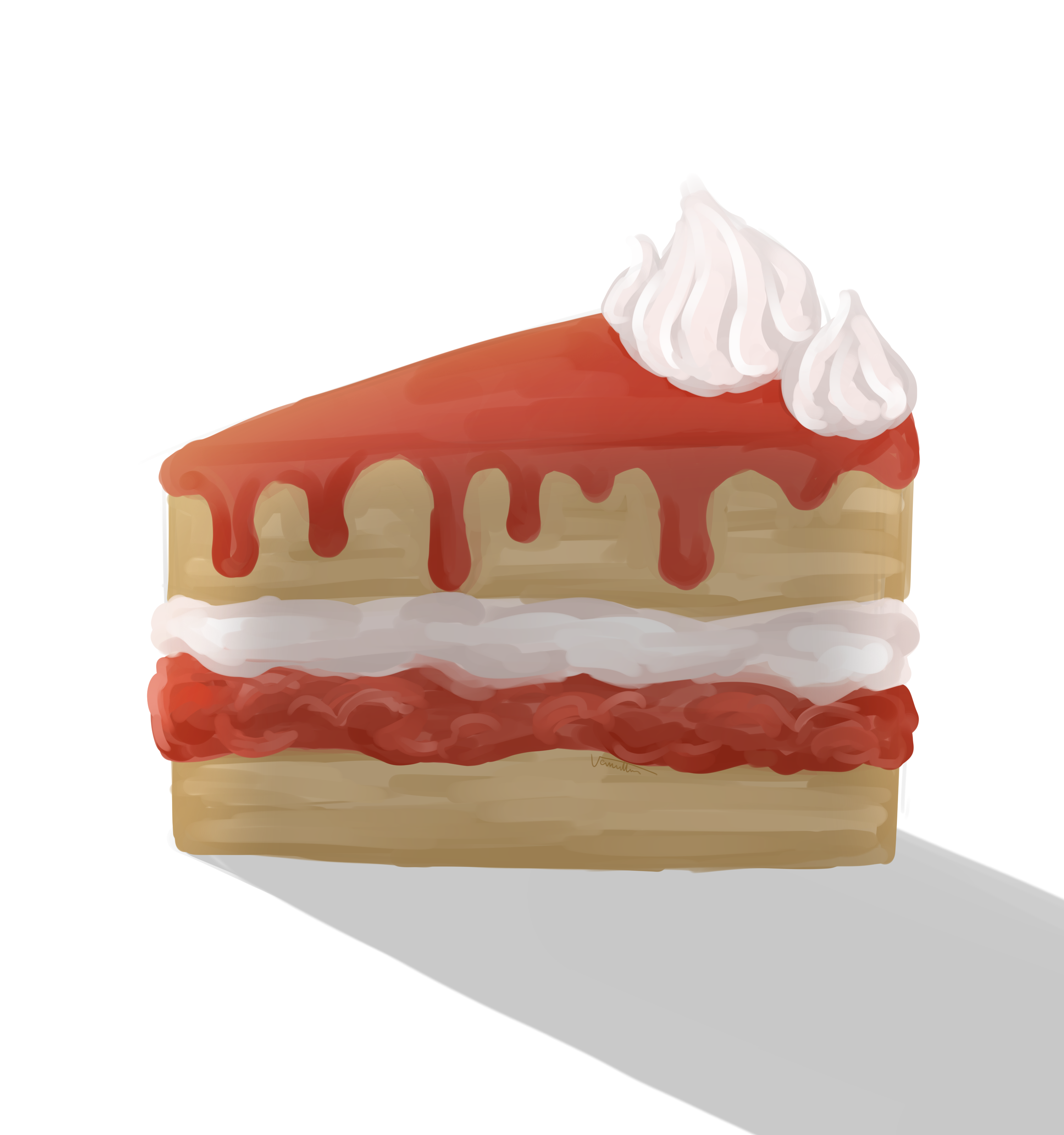The ability to taste what you are eating has benefits. One significant advantage is that you can tell if something is wrong with your food. This is not an issue for snakes because snakes are pure carnivores and their food is almost never poisonous. Animals that eat plants, on the other hand, face the constant threat of being poisoned by their food. A bright red berry might look plump and juicy and may in fact be full of sweet calories, but it might also be toxic. What saves us from calamity, ultimately, is the tongue. It can detect energy in food by sensing sweetness, but bitterness is often a dead giveaway that a certain good looking berry or leaf is poisonous.
Tasting food also helps an organism get a head start on digestion. The mere sight or aroma of food triggers a burst of stomach acid and a squirt of insulin, known as the cephalic phase. When food enters the mouth, a festival of gastric secretion continues. Tasting carbohydrates releases more insulin, while tasting protein triggers the release of another hormone named ghrelin. Despite the widespread myth that the taste of food is utterly disconnected from nutrition, the two are actually inseparable. If that pre-bite cephalic squirt does not happen, the meal that follows causes something like a temporary case of diabetes- sugar accumulates in the blood and is not properly metabolised.
The human organism is undoubtedly a high- performance, fast running dynamo. It will certainly not take any kind of fuel you dump in. Each small glob of nutrition needs to be identified so that it can be properly broken down and absorbed. This critical role played by taste is best illustrated by the sad yet miraculous case of Tom, a nine year old Irish American who, in 1895, burned his throat so badly while eating clam chowder that his oesophagus had to be permanently sealed. Doctors saved him by creating an opening in his abdomen, and for the remainder of his surprisingly long life Tom fed himself by loading food directly into his stomach now as cargo is loaded into a truck.
Tasting food was now entirely pointless to him, yet Tom insisted on doing just that. He would taste and chew his food first before digesting it.
This seemingly pointless act actually saved his life. Almost immediately after doctors surgically created an opening to his stomach, Tom remained poorly nourished no matter how much food his nurse or mother gave to his stomach. One day, the sickly nine year old uttered a request: ‘Let me taste my food first.’ He sprang back into good health after being allowed to do so. More than four decades later, he told doctors that if he didn’t taste food before having it put into his stomach, he would still be hungry after the ‘meal’.
The mouth is more than a place of frivolous chewing and grinding. It has the ability to sense important information about the food that it’s processing, information that forms the beginning of the long process where food is taken in, broken down and used.
Writer – Sophia Kong
Editor – Olivia Sang
Artist – Marianna Wang
–September 2024–


